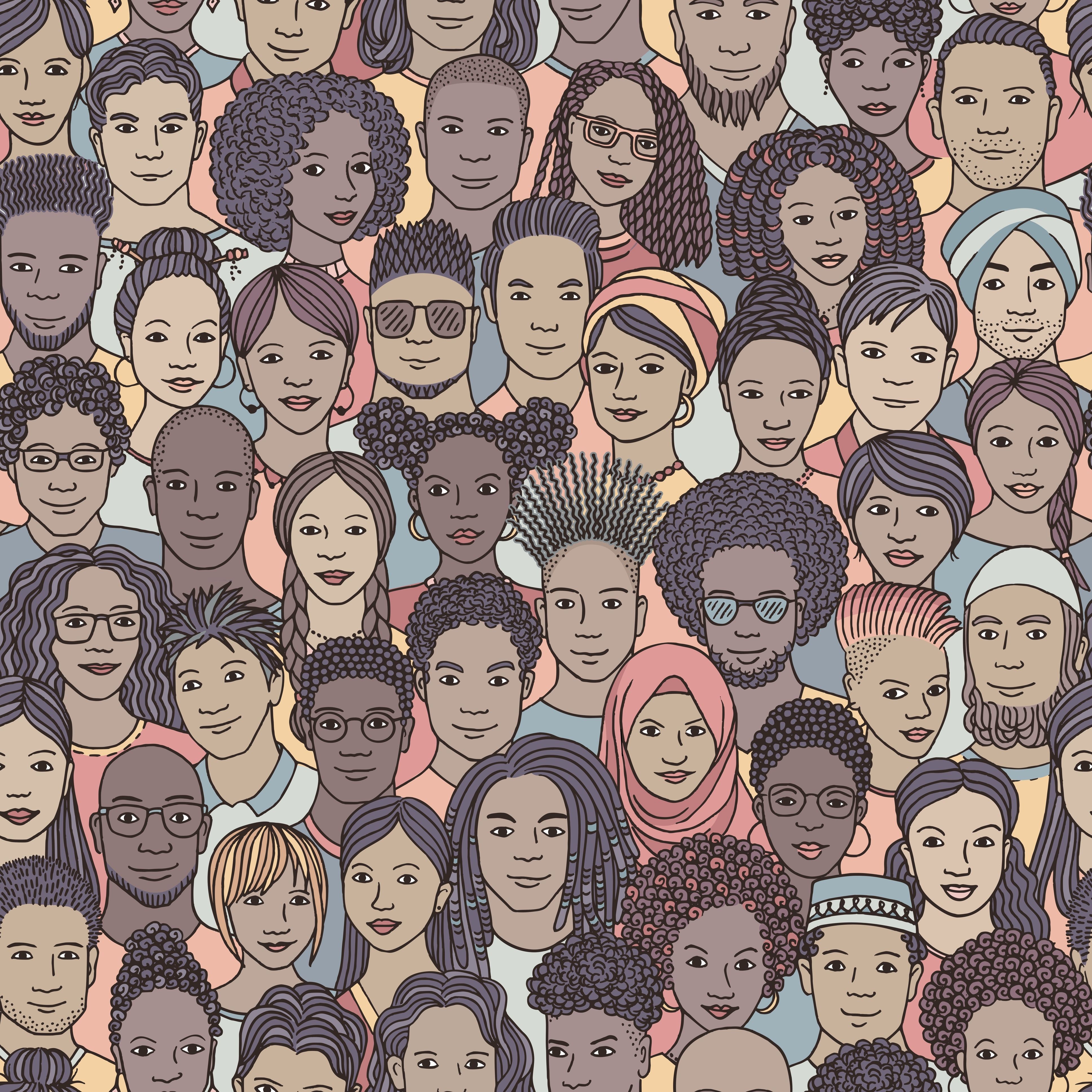Article
Medicare narrows racial, ethnic health care gaps: study
Author(s):
The program dramatically increases the insured portion of the Black and Hispanic communities.

As the U.S. grapples with rising inequality in many areas of national life, a new study shows that an old program—Medicare—has been significantly reducing racial and ethnic disparities in health care insurance coverage, access and outcomes.
A team of researchers used 10 years of data from the Centers for Disease Control and Prevention’s Behavioral Risk Factor Surveillance System to compare insurance coverage and care access and status of 2.4 million Americans immediately before and after becoming eligible for Medicare at age 65.
They found that 92% of White respondents had insurance coverage before turning 65, compared to 86.3% of Black respondents and 77.4% of Hispanic respondents. After age 65, coverage for Whites was 98.5%, an increase of 6.5 percentage points. By contrast, coverage for Black respondents rose by 9.5 percentage points to 95.8%, and for Hispanic respondents by 13.9 percentage points, to 91.3%.
To measure access to care, the authors looked at whether respondents reported access to a regular source of care, such as a personal physician, and whether they had encountered any cost-related barriers to seeing a doctor and if they had gotten a flu shot in the year before taking the survey.
They found that while care access improved for all racial and ethnic groups, the improvements were greater for each measure among Black and Hispanic respondents compared to Whites. For example, the disparity between White and Hispanic respondents with a usual source of care fell from 10.5% to 7.5%, while between White and Black respondents it fell from 1.2% to 0%.
For outcomes, the authors assessed respondents’ self-reports of whether they were in poor, fair, or good/excellent health when surveyed. Results showed that the number of Hispanic respondents reporting poor health declined by 3.8 percentage points (14.8% to 11%), by 2.6 percentage points for Black respondents (10.3% to 7.7%), but only .2 percentage points (5.8% to 5.6%) for Whites.
In terms of geographical differences, the authors found that Hispanic respondents in the South and Midwest had the largest reductions in uninsurance rates at age 65 (20 and 16.7 percentage points, respectively), whereas for Black respondents the biggest drops were in the Northeast (9.5 percentage points) and South (9.6 points.) Nationwide, White respondents had the smallest reductions in uninsurance rates.
“Our findings…suggest that expanding Medicare may be a viable means to reduce racial and ethnic disparities and advance health equity by closing coverage gaps across the U.S.,” the authors conclude.
The study, “Changes in Racial and Ethnic Disparities in Access to Care and Health Among U.S. Adults at Age 65 Years,” was published online July 26 in JAMA Internal Medicine.





